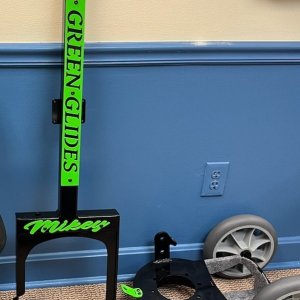Zee
Supportive Member
Who- amongst serious rug washers use dichlor in pit washing urine soaked rugs?
The other thread about the urine smell rug made me think of asking...
One opinion was: its safER but not safe. So why even risk it?
Those of you that actually use it: do you pour some in your washpit and circulate for a while? Or do you "apply" directly over urine areas?
Edit so Larry would understand what I was trying to say.
The other thread about the urine smell rug made me think of asking...
One opinion was: its safER but not safe. So why even risk it?
Those of you that actually use it: do you pour some in your washpit and circulate for a while? Or do you "apply" directly over urine areas?
Edit so Larry would understand what I was trying to say.
Last edited:

